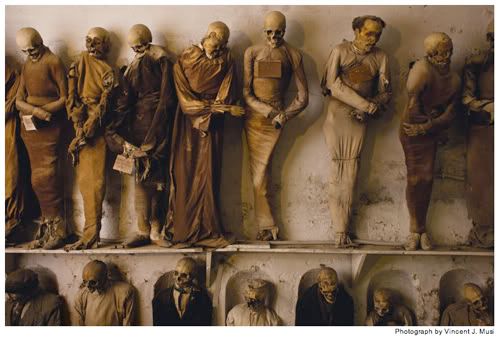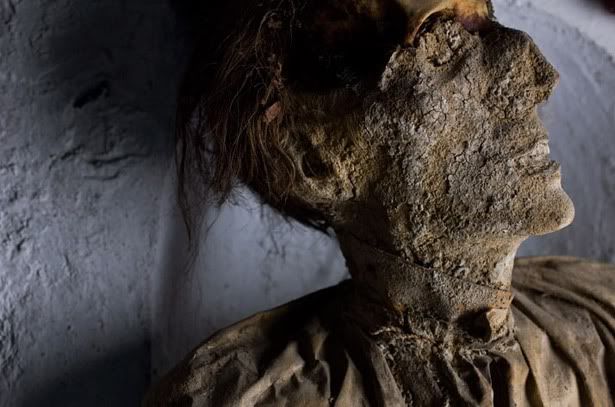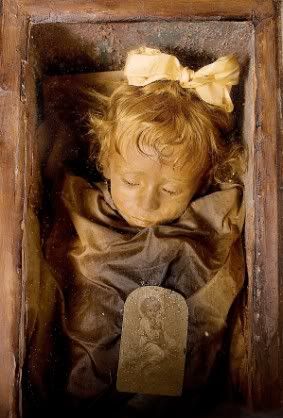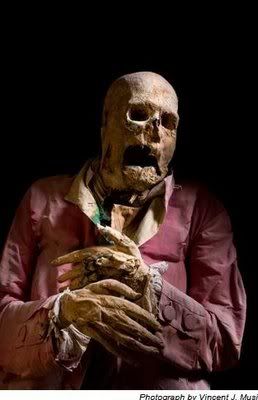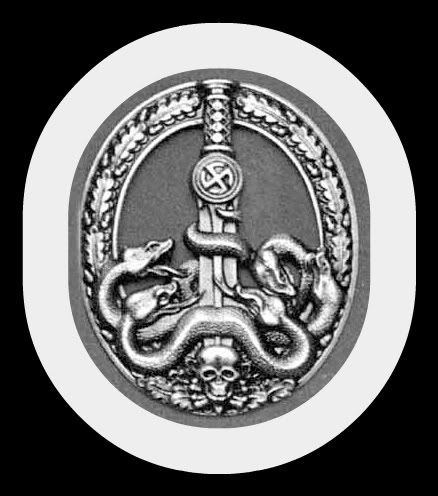1. Hanging Coffins

In China, there are coffins hanging off a cliff. These coffins contain the remains of members of the Bo. The Bo people are now extinct, but they once lived in what is now Southwest China. Instead of putting their dead in the ground, they lowered coffins down on the cliff, hanging by ropes caught on stakes pounded into the rock of the region’s mountains.
2. Custom Fantasy Coffins
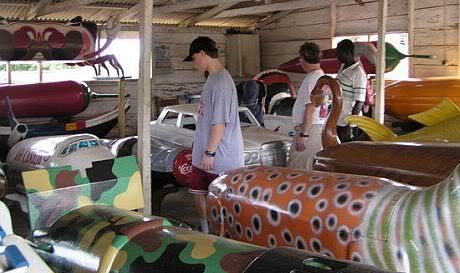
If having your coffin swinging in the wind is not for you, you might consider being buried in a custom coffin, based around one of your hobbies. In Ghana, these fantasy coffins are quite common, and are built around a theme. Do you really like fishing? Your coffin could resemble a huge fish. The idea is to provide the deceased with something that he or she can enjoy for eternity.
3. Sky Burial

This is an interesting custom that includes making use of birds to help with your burial. In Tibet, monks chop up your body and grind your bones, and offer your remains to the vultures, which then take your remains to the sky. A similar rite is practiced in the Zoroastrian religion. The deceased is left at the top of a tower, where the vultures can easily get at the remains and take them to the sky. The leftover bones are tossed into the tower’s pit.
It is also worth noting that the ancient Celts believed that birds helped the spirit to the next world. Warriors were left, by their comrades in arms, for birds to eat.
4. Under-Home Burial

One of the ways that the poor among the Maya kept records was by burying items under their homes. But it wasn’t just things that were buried; some Maya also buried their relatives under their homes. This way, family histories could remain in the family, and it was possible to keep dead family members close – within the walls of the home.
5. Strangling Family and Friends
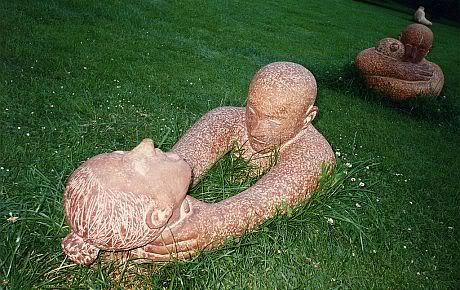
One of the more colorful funeral customs comes from Fiji. A great funeral feast was held for the deceased, and then, as part of the festivities, the members of a deceased man’s family, and even sometimes his friends, were strangled. Servants could also be strangled and buried with the man. This way, he went into the next life surrounded by friends and family.
Similar customs in ancient China and Egypt have also been seen, with treasured objects buried with the dead. In some cases servants, wives and even pets were buried with powerful and important men.
6. Sati
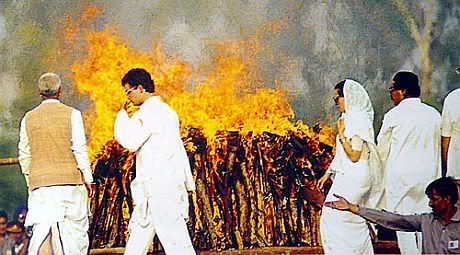
In order to show her devotion to her husband, a woman in India might throw herself onto the funeral pyre of her husband. This ancient Hindu custom was rather rare even at its height, and it has been outlawed in India today. However, there are still some stories of self-immolation by wives. The reward for this act of devotion? The woman was said to become a goddess.
7. Stripper Funerals

In China, your family has more luck if more people show up to your funeral. So it is a tradition to round up as many people as possible – even if these people don’t know the deceased. One way to do this is to hire exotic dancers for funeral processions. This way, more people are sure to show up to the funeral. It’s illegal, but that hasn’t stopped the practice from gaining a rather large following.
8. Famadihana

It’s a funeral celebration years after the funeral. Every few years (around seven) in Madagascar, corpses are dug up and a big celebration is held. Villages hold big parties, and everyone dances around the corpses. The shroud of the deceased is replaced with a fresh new shroud. But the old shroud doesn’t go to waste. Instead, it is torn into different pieces and passed around to married couples. The couples then place the pieces of cloth beneath their mattresses and it is supposed to help them conceive children.
9. Ecological Funeral

Those concerned about the environment are increasingly turning to biodegradable coffins and other means of being environmentally friendly. However, you don’t need a pine box to be ecologically friendly in death. In Sweden, there is increasing interest in using science to help decomposition along. First, your body is reduced to a fine powder through a special process. And, since there are metals in your body, these can be recycled. So the metals from your body are separated out and sent to be reused in various products. Then, your remains are placed in a biodegradable container and buried. Once the container breaks down, your own remains are easily absorbed, since they are in the form of an earth-friendly powder.
10. Space Burial

One of the most modern funeral customs is the space burial. It is possible to have your remains shot up into space on a missile. One astronomer, Eugene Shoemaker, is even buried on the moon. In some cases, it is possible to have a small portion of your remains sent into space for as little as $1,000.
11. Diamond Burial

Diamonds are made from carbon. Guess what the ashes of a cremated dead person contain? Carbon! If you want to carry your loved one with you wherever you go, it is possible to have his or her remains turned into diamonds. Have the diamonds set in a ring, necklace or earrings, and your loved one remains beautiful (and sparkling) forever.
12. Mummify Yourself
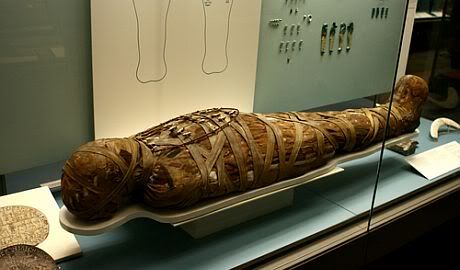
This one is really hard, since it requires a great deal of discipline. But around 24 Buddhist monks in Japan have gone through the process. It requires a strict, three-year diet of seeds and nuts, and then another three years of eating only roots and bark. The monks also have a specific exercise regime that gets rid of the body’s fat. A special tea is also drunk during this time, which coats the inside of the body with a lacquer-like substance. When the monk is ready, he gets into his tomb and meditates until he dies. Once a day he rings a bell. Once the bell stops ringing, the other monks know it’s time to seal the tomb.
http://www.budgetlife.com/blog/bizarre-funeral-customs/

